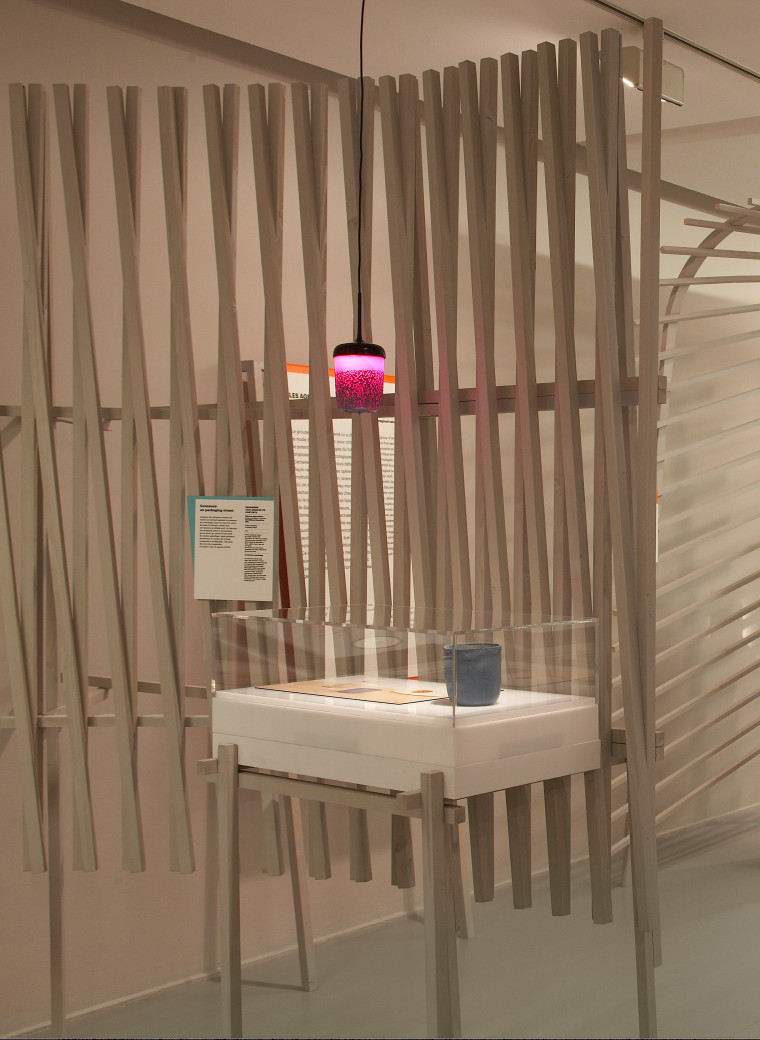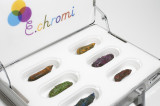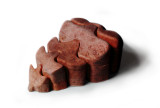To biofacture packaging with synthetic bacteria
Packaging That Creates Its Contents
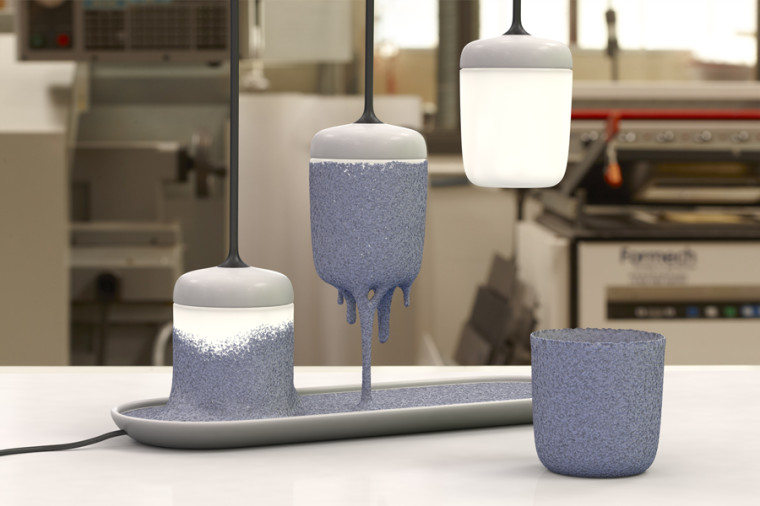
Will carey, Adam Reineck (designers), Reid Williams, Wendell Lim (Scientists)
We imagine an extreme probiotic drink that relies on bacteria to morph into a physical cup when exposed to a specific light wavelength. During shipping and storage, these light-moulded cups are ‘alive’ but remain dormant until water is poured inside, creating an effervescent, healthy drink. After several uses, the cup’s walls begin to degrade and it can be composted.
‘Packaging That Creates Its Contents’ helps people think about what the world would be like if packaging never created waste. Hotwiring what scientists are already doing with bacteria – responding to light, in this case – completely changes the concept of packaging. By imagining biodegradable, lightweight containers built from living materials that reanimate when filled with liquid, the project aims to provoke further design exploration of the potential of synthetic biology for industrial design and packaging applications.
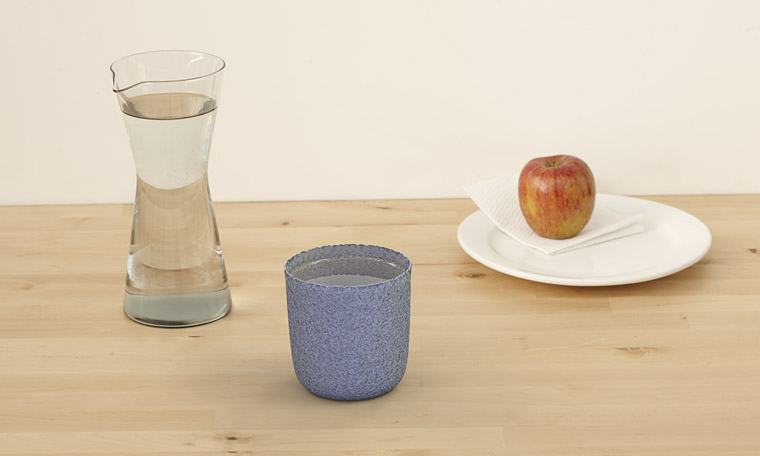
Developing a closer relationship with biology allows designers to begin to imagine a future with no waste.
“Intriguingly, objects made from living organisms could have unique properties that go beyond their mode of manufacture,” writes Christopher Mims for Fast Company. “In this concept, the bacteria used to grow the cup is also an aid to digestion. Once filled with plain water, the cup starts to produce probiotics. Such a cup would challenge one of the primary tenets of consumer goods; namely, that packaging is secondary to the product being sold.”
The intersection of design and science allows both fields to explore new questions. Developing a closer relationship with biology allows designers to begin to imagine a future with no waste. Understanding how to program living organisms points to a new frontier of coding – beyond software, into materiality. This project has been developed with the support of IDEO San Francisco.
